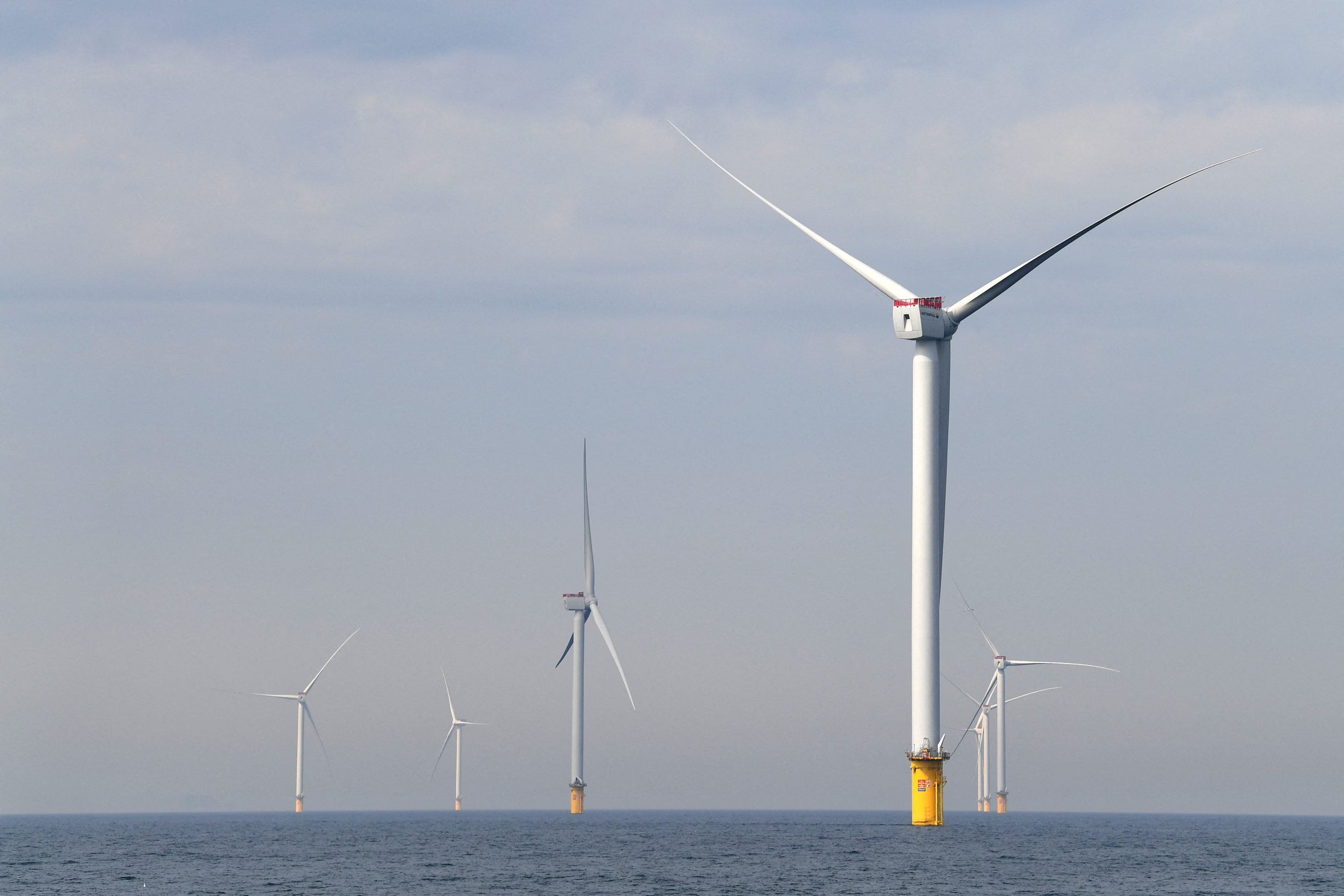🇸🇪 🇬🇧 Vattenfall CEO sees offshore wind risks from rising costs, regulations

By Nora Buli, Reuters
OSLO — SUPPLY CHAIN issues, inflation and higher interest rates, as well as regulatory intervention could hamper offshore wind development, the head of Swedish utility Vattenfall said on Thursday.
Earlier, the state-owned company reported a largely flat first quarter result, but earnings at its wind business halved due to lower power prices in Europe.
Vattenfall has around 7.2 gigawatts (GW) of offshore wind projects under construction and development in Britain and Europe.
This includes the 1.8 GW Norfolk Boreas offshore wind farm in Britain, for which it won a Contract for Difference (CfD) in the country’s fourth round of auctions last year that saw record low prices.
Vattenfall continues to work on the project, but is mindful that suppliers may pass on inflation and higher interest rates to projects, CEO Anna Borg told Reuters in an interview.
“We are continuing to develop the Norfolk cluster to see what the impact is,” Borg said.
The firm is also preparing a bid for the upcoming fifth UK auction round for its 1.8 GW Norfolk Vanguard project.
Borg urged British and European policy makers to provide “reasonably predictable” frameworks that allowed companies to make decisions on long-term clean energy investments.
Earlier this year, Britain implemented an Electricity Generator Levy (EGL) to combat high energy prices, which the industry says represented a windfall tax and would hamper investment.
Speaking generally, Borg said short-term changes in frameworks or conditions were never a good thing and added to the complexity of project development.
In fact, investment decisions were already down, Borg noted during an earnings presentation.
Only 12 GW of new capacity had been sanctioned in 2022, but Europe needed 30 GW annually to meet its targets, she said.
Earlier this week, leaders from seven European Union countries, and non-EU members Norway and Britain, set themselves a 2030 offshore wind target of 120 GW.
(Reporting by Nora Buli; Editing by Kirsten Donovan)
This article has been fact-checked by Arctic Business Journal and Polar Research and Policy Initiative, with the support of the EMIF managed by the Calouste Gulbenkian Foundation.
Disclaimer: The sole responsibility for any content supported by the European Media and Information Fund lies with the author(s) and it may not necessarily reflect the positions of the EMIF and the Fund Partners, the Calouste Gulbenkian Foundation and the European University Institute.
